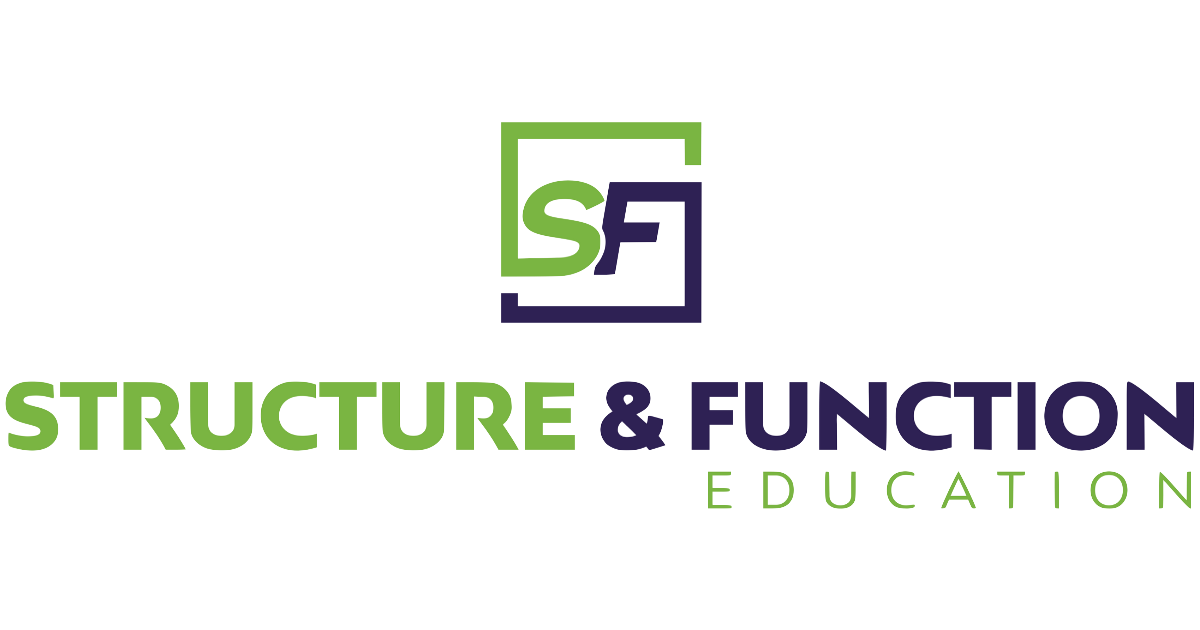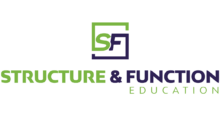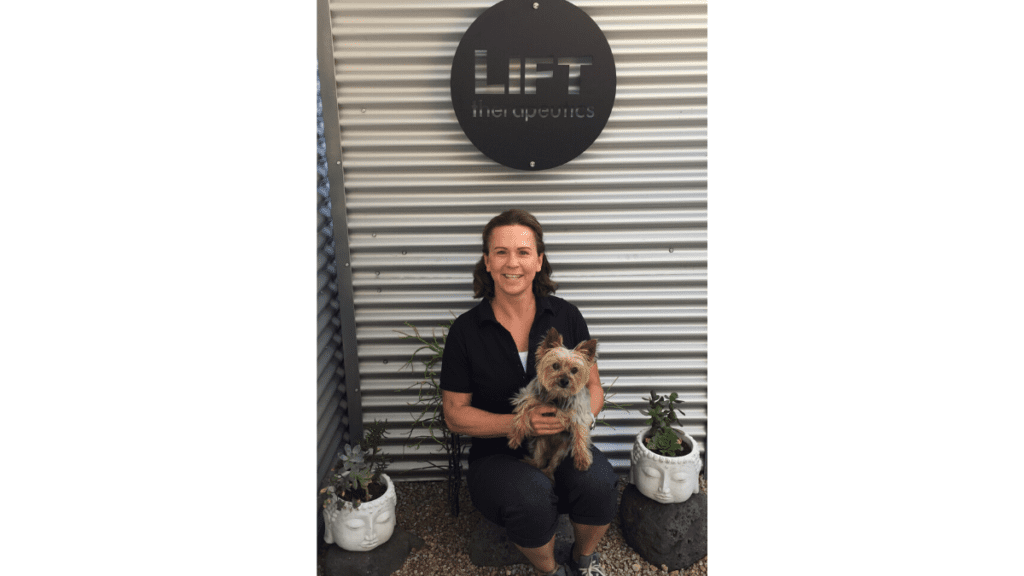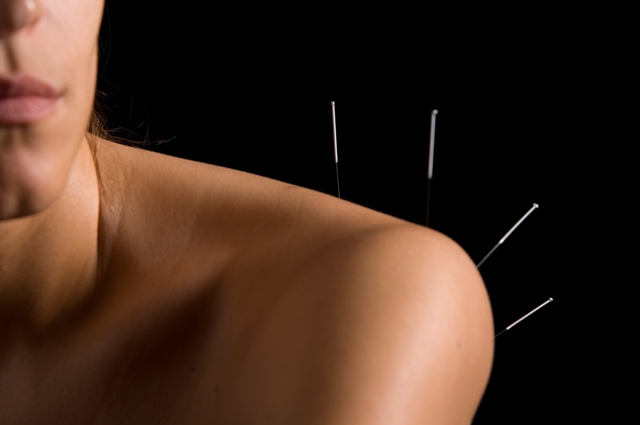Jennifer Hallquist has been a physical therapist in Arizona since 2002 and has worked in a variety of settings. During her years of practice, she found that she really enjoyed and thrived in outpatient orthopedic settings the most. While working full time at an outpatient clinic, she started a private practice in 2014 called Lift Therapeutics. At first, she intended this to be a “side hustle” to do what she loved the MOST about her job… spend quality timewith her patients. Based on word of mouth referrals only, her side business kept growing and growing. In March of 2018, she has to decide if she was going to move fulltime into her “side hustle”. She said, “it was the best thing I could have done and LOVE going to work every single day. Plus, I get to bring my dog Lola to work!”
Jennifer has been a key member in our community and we asked her a few questions about her clinical practice and how she uses dry needling. Continue reading and learn more about what she shared with us.
2. Why did you choose to learn dry needling with Structure & Function Education?
After taking two courses with another dry needling company in 2013 and 2014, I found that the “trigger point dry needling” was effective for only a small portion of my patients. In my research, I found Sue Falsone in 2015 and started getting immediate and amazing results with the majority of my patients. Out of shear curiosity and thirst for knowledge, I have taken quite a few dry needing courses from many different companies and always come back to Structure & Function Education. In addition, Sue has developed such an amazing and talented staff, and I have learned so much from all the advanced courses they have created.
3. How do you currently use dry needling in your practice and do you combine dry needling with other treatment modalities?
In my practice, I am very fortunate to have the time to do a very thorough evaluation each visit and still have time for a variety of treatments. In 2019, I also added using diagnostic musculoskeletal ultrasound in my practice and will use this every chance I get to visualize the body in a totally different way. This also helps me identify abnormalities that coincide with my evaluation and will often use the ultrasound to help guide my needles.
Each one of my treatments can vary based on what I think is the generator of pain or dysfunction. For me, treatments can utilize a combination of many things, but I typically start with soft tissue (Stecco Fascial Manipulation) because it gives me a better sense of where, how and what to place needles in. During the chosen dry needing techniques, I will often use e-stim (2Hz) and/or motor point finder depending on what the goal is. In addition, I often combine pneumatic cupping, HyperVolt and/or Summus Medical Laser during dry needling treatments. A re-assessment after dry needling treatment will usually give me more information on what else is needed, at which point, I may utilize joint tissue mobilization/manipulation techniques (Mulligan or HVLA), Neuro Re-education, Therapeutic Exercise and development of Home Management and Self-care Program.
4. How has the Pentamodal Method influenced your dry needling practice?
Utilizing the Pentamodal Method is a crucial part of my evaluation. It helps me better define what and where the pain is coming. It is also a great tool and picture to educate my patients and to open dialog into helping them learn more about their body and the multi-dimensional response to pain.
5. Jennifer, is there anything else you would like to share with us?
I am in such gratitude for Sue Falsone and the Structure & Function Education team. They have the type of passion, intention, and drive that I want to emulate in my own life and practice. Thank you so much for all that you do!
Thank you Jennifer for your continued support and for sharing this with us!




